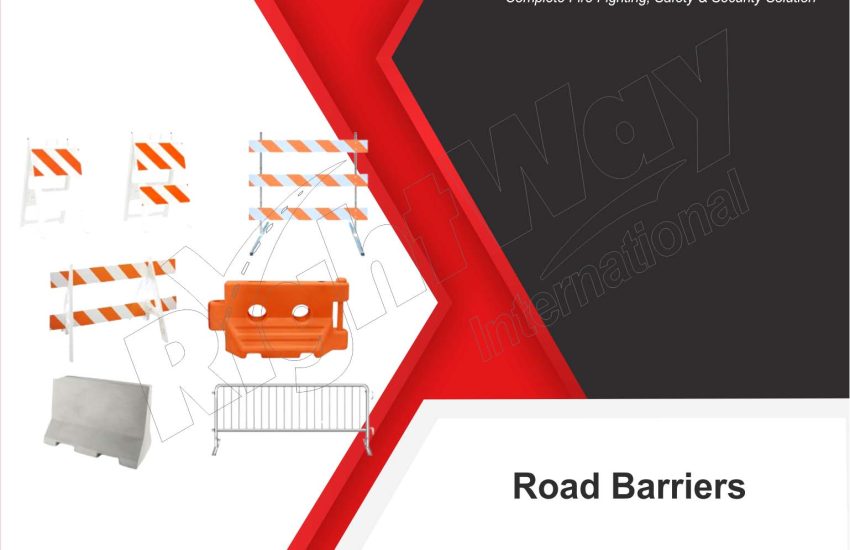Road Barriers in Pakistan: Road barriers serve as essential safety devices that manage traffic flow, protect pedestrians, and prevent accidents. Authorities strategically place these structures on highways, roads, and construction sites to create a safer driving environment.. In this article, we will explore the various types of road barriers, their benefits, and their critical role in enhancing road safety.
What Are Road Barriers?
Road barriers serve as physical structures that control vehicle movement and enhance safety on roadways. Various materials, including concrete, steel, and plastic, compose them, and their designs withstand impacts while guiding vehicles and pedestrians. Common types include guardrails, concrete barriers, and temporary construction barriers.
Benefits of Road Barriers
1. Improved Road Safety
The primary purpose of road barriers is to improve road safety. They effectively prevent vehicles from veering off the road, reducing the risk of serious accidents. By providing physical separation between opposing lanes of traffic, road barriers help to:
- Minimize head-on collisions
- Protect pedestrians in high-traffic areas
- Reduce the likelihood of vehicles entering dangerous zones
2. Traffic Flow Management
Road barriers play a crucial role in managing traffic flow. They guide vehicles through construction zones, ensuring that drivers remain in designated lanes. This organization helps to:
- Reduce traffic congestion
- Improve travel times
- Enhance overall road efficiency
3. Enhanced Visibility and Guidance
Many road barriers are designed with reflective materials or bright colors to enhance visibility, especially at night. This increased visibility helps drivers recognize potential hazards and navigate safely through complex road situations.
4. Protection in Construction Zones
Temporary road barriers are commonly used in construction zones to protect both workers and drivers. They create safe work spaces and prevent vehicles from entering hazardous areas, reducing the risk of accidents and injuries.
Types of Road Barriers
When considering the implementation of road barriers, it’s important to understand the various types available:
1. Concrete Barriers
Concrete barriers are heavy-duty structures used primarily on highways and major roads. They are highly effective in absorbing impact and preventing vehicles from crossing into oncoming traffic.
2. Guardrails
Engineers typically make guardrails from steel, and they design them to redirect vehicles back onto the roadway if drivers lose control. You can commonly find guardrails on highways, bridges, and steep slopes.
3. Plastic Barriers
Plastic barriers are lightweight and often used for temporary applications, such as construction zones and event management. They are easy to transport and can be filled with water or sand for added stability.
4. Jersey Barriers
Jersey barriers are a type of concrete barrier that engineers design to minimize the severity of vehicle impacts.Their sloped design helps deflect vehicles back onto the road, making them popular in both permanent and temporary applications.
Conclusion
Road Barriers in Pakistan: Road barriers are vital for maintaining safety and order on our roadways. Their various types and applications provide essential protection for drivers, pedestrians, and construction workers alike. By understanding the importance of road barriers and their benefits, communities can implement effective traffic management solutions that enhance safety for everyone.


